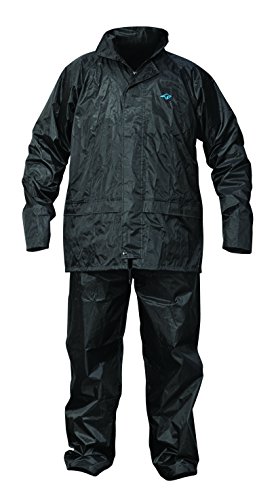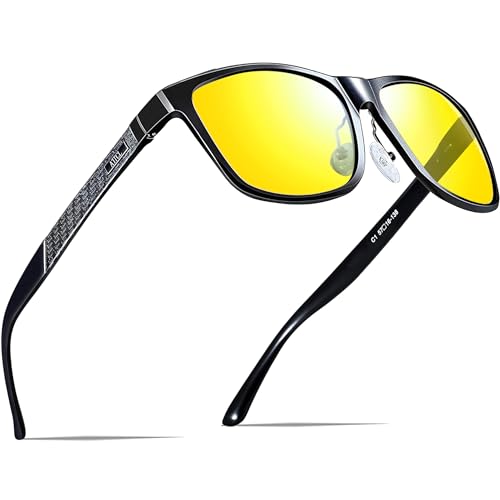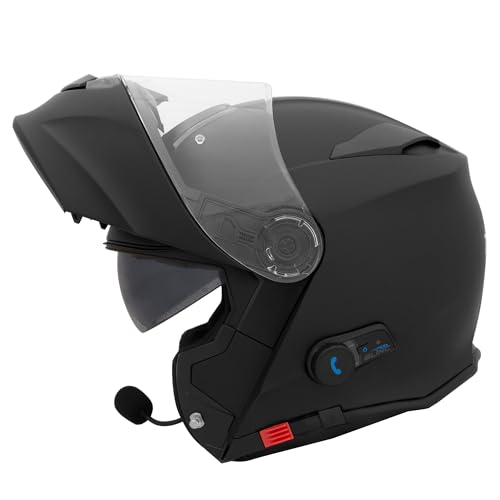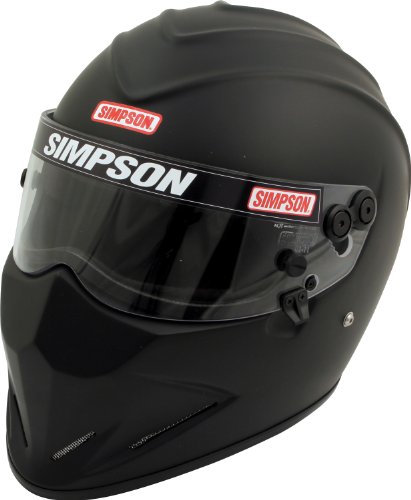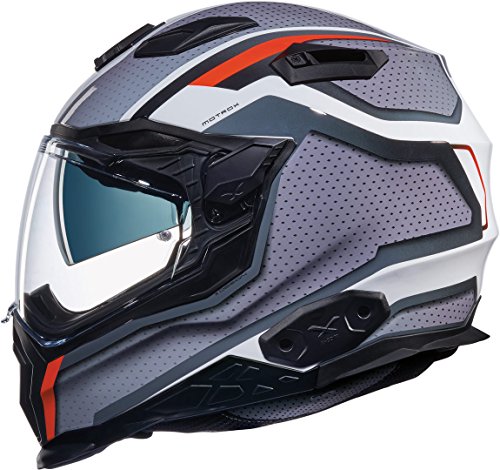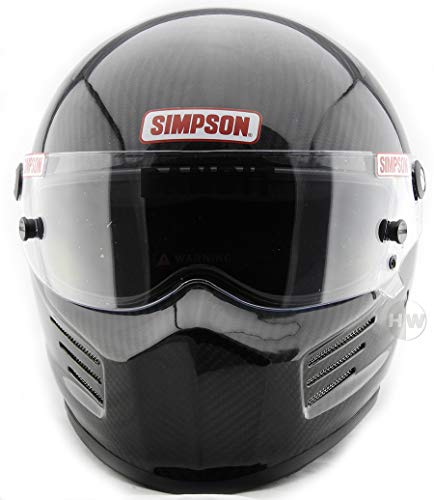Understanding Motorcycle Rain Suits: Why We Need Them
Why Motorcycle Rain Suits Matter
Motorcycle rain suits are designed to keep riders dry during unexpected downpours. They serve a crucial function: protecting both the rider and their clothing from water damage. Imagine riding down a scenic road when dark clouds suddenly roll in. Without proper protection, the rain can seep through your outer layers, making the ride uncomfortable and even potentially dangerous. A good rain suit keeps you dry, allowing you to maintain focus on the road and enjoy your time on the bike.
The Impact of Weather Conditions on Riding
Weather can change rapidly, and as riders, we know the importance of being prepared. Rain can decrease visibility on the road, increase the risk of hydroplaning, and make controls more difficult to manage. A reliable rain suit not only keeps you dry but also provides a layer of protection from the wind, helping you to stay warm and focused even when conditions are far from ideal. Riding carefully is important, but having the right gear in place makes a world of difference.
Key Features to Look For: Your Essential Checklist
Material Quality Matters
When we’re looking for a motorcycle rain suit, the fabric is perhaps the most critical feature. A suit made from high-quality, waterproof materials keeps the rain out while allowing breathability. Look for suits that utilise advanced fabrics such as Gore-Tex or a similar waterproof membrane to ensure you stay dry and comfortable.
Seam Sealing for Maximum Protection
Seams are often where water enters, so checking for seam sealing is essential. A well-constructed rain suit should feature welded seams that prevent leakage, especially during heavier rain. Paying attention to this detail can mean the difference between a dry ride and a soaked one.
Visibility Features for Safety
Visibility is an underrated aspect of riding in the rain. We should look for rain suits with reflective strips or brightly coloured fabric. These features enhance your visibility to other road users, which is particularly crucial in low-light conditions or during a downpour.
Adjustable Fit for Comfort
A great rain suit will offer adjustable cuffs, waists, and hoods. This allows for a snug fit, keeping water out while enabling ease of movement. Ensuring a well-fitted suit helps maintain comfort during long rides, so check for these features to enhance your riding experience.
Choosing the Right Fit: Tips for Comfort and Mobility
Sizing Up for Comfort
Finding the right size is vital for comfort. Remember that layers are common in colder weather, so consider getting a slightly larger size to accommodate extra clothing beneath your rain suit. It should not be excessively baggy, but it should allow freedom of movement when you are on the bike.
Mobility Features to Consider
Look for rain suits with articulated joints or stretch panels. These features ensure that your rain suit does not restrict movement while riding. Testing the mobility of a suit before purchasing can significantly enhance your comfort level during long rides.
Top Recommendations: Our Favourite Motorcycle Rain Suits
Suit A: All-Round Performance
Suit A is an excellent choice for daily riders. It combines a waterproof exterior with breathability, allowing for comfort in various weather conditions. Its adjustable cuffs and reflective detailing make it a practical, safe option.
Suit B: Budget-Friendly Choice
For those who may not want to spend too much upfront, Suit B offers great value. It has essential waterproof features and provides adequate comfort without breaking the bank. It’s perfect for occasional riders.
Suit C: Premium Quality for Serious Riders
Suit C stands out for its top-tier materials and construction. For serious riders who frequently face harsh conditions, this suit provides unmatched protection and durability. It’s not the cheapest option, but it’s worth the investment for reliability.
Caring for Your Rain Suit: Ensuring Longevity and Performance
Proper Cleaning Techniques
To keep your rain suit performing at its best, regular cleaning is necessary. Follow the manufacturer’s instructions for washing, typically using mild detergents. Avoid fabric softeners, as they can hinder the waterproof qualities of the material.
Storage Tips for Longevity
When not in use, ensure your rain suit is stored in a cool, dry place away from direct sunlight. Hanging it up prevents creases and maintains its shape, which can prolong its lifespan. Proper care ensures that your suit is ready when the rain comes.













